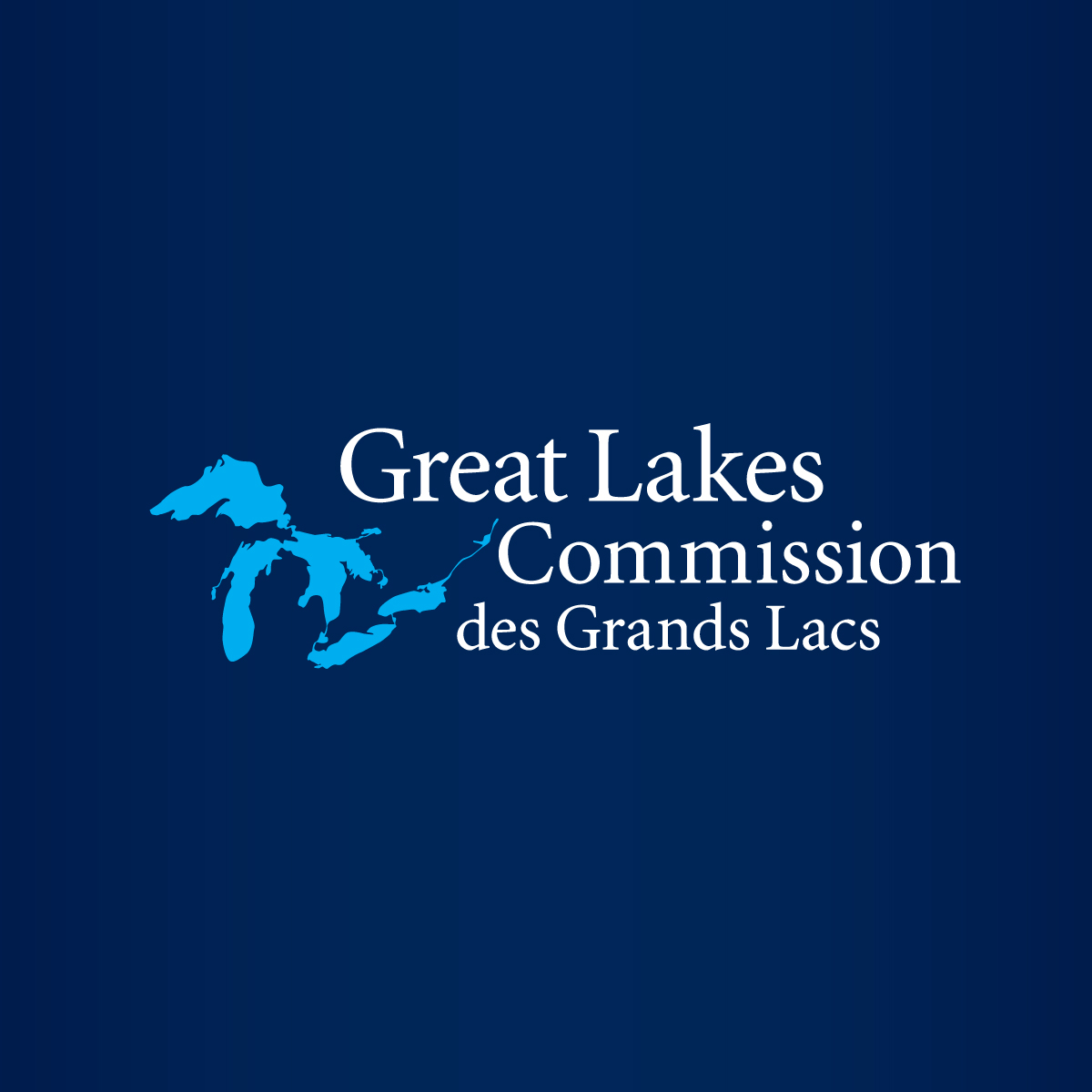|
|
|
|
|
Prepping Your Garden!
Here is a little side step from the regular Soil Basics article, though we will touch on some information from previous articles!
Large or small, farm or backyard, your garden and therefore soil needs some attention to be in tip top condition for the growing season.
What will that involve? Well, the obvious tasks are: pulling weeds (and their roots!) and clearing out any old plant debris, but there are a few other things to consider:
- Tilling the Soil, either with a rototiller or a hand cultivator. It will help to aerate the soil, allow for easy planting, enable good root growth, and incorporate organic matter, while also providing another form of weed control.
Add Organic Matter – Adding organic matter will help to improve soil structure, improve water holding capacity and drainage, increase nutrient supply, and support microorganism growth.
- Organic Matter comes in a couple different forms: compost (leaves, grass clippings, food scraps), and composted manure, both are great for the soil, but differ in the available nutrients and their concentration. Manure will have higher and more readily available nitrogen, phosphorus, and potassium, while compost will have a more balanced range of nutrients which become available through the season. Please remember manure must be composted for 3 reasons: the high nitrogen and ammonia content will burn plants, it will terminate weed seeds and pathogens, and it will be easier to handle and apply.
- Mulch – This provides moisture retention, weed suppression, temperature regulation during season temperature extremes, a nutrient source as mulch decomposes, and erosion protection. Mulch can be used to cover the full garden surface and/or used for garden pathways. Mulch made from cedar trees is most popular as it is durable, and has insect repellent properties.
- Proper Plant Spacing – Plants require sufficient spacing to grow to their predetermined shape and size, and to allow for good air circulation in which to prevent disease. Typically, in vegetable gardens, planting is done in rows which will provide sufficient space for air circulation, provided spacing between plants in a single row is not less than the plant’s recommendations. While in flower/perennial gardens design and spacing could be described as organized chaos as it is determined by shape, size, bloom time, etc.; as long as minimum spacing requirements are followed for each plant species, plants can grow healthily and successfully.
- Water – Young plants require water every other day in order to get established in their new environment, then once they have settled into the soil, deep watering can be done to encourage roots to grow to a deeper level and provide a more structurally sound plant that can withstand wind and other disturbances. Established plants typically need 1” of water per week, though this needs to be adapted to your climate, soil type, and regional weather; well draining soils may require more frequent watering than heavier soils such as clay.
Depending on your time and preference water can be supplied via an irrigation system or hand watering. For those with smaller gardens and/or interest in efficiency, one mindful way to water a garden is to utilize a rain barrel system to collect rain water which can be used to: fill your watering can or designed to create your own aboveground irrigation system!
**Shameless plug for PRWIN’s current RainBarrel Fundraiser 😊
Check out our Facebook page or fundraiser website for info! https://www.facebook.com/pineriverwatershedinitiativenetwork
https://rainbarrel.ca/prwin/
Speaking of gardening, I will take the opportunity to talk a bit about tools and equipment. A few years back, I worked on an organic vegetable farm that sold vegetables through the Farmers Market scene and ran a CSA program (Community Supported Agriculture). I also helped my favourite brother set up and start his vegetable farm out in Cawston, BC, a part of the Okanagan Valley. So along with my own gardening endeavours I have learned different practices and worked with different tools and equipment, and here are some that I wouldn’t live without!
|
|
BCS Walk Behind Tractors, they are high quality, versatile, and functional to use. I would buy one in a second if I could afford the Lamborghini of rototillers. But alas, I use an old rototiller where my arm has to be a mix of Popeye and the Energizer bunny to use the pull start to get the tiller started. The BCS is machine used by many market gardeners not only as a tiller, but mower, potato planter and digger, plastic mulch layer, and many more attachments.
|
|
My favourite tilling/weed removal and fiscally responsible tool is the Wheel Hoe, essentially a wheelbarrow-like design with a stirrup hoe blade, they are easy and fun to use and require minimal (human) energy output. Note: if buying one, larger wheels have greater maneuverability and therefore ease of use!
|
|
|
EZ-Digger – This hand tool can be used to dig holes for planting, dig weeds, thin out plants, make furrows for seeding, and more. The tapered blade is the key to this tool allowing one strike into the soil and opening the soil to easily and quickly insert a plug/transplant. This one is always in my tool belt.
|
|
|
Wide Brim Straw hat - this is a must have for obvious sun reasons, but will also kick up your style in the garden!
|
|
Article provided by Lisa Holland, PRWIN Project Co-ordinator.
|
|
CATCH THE RAIN - RAINBARREL FUNDRAISER
|
|
Partner with PRWIN and support our rain barrel fundraiser!
Orders can be made directly on the website:
https://rainbarrel.ca/prwin/
Our committee greatly appreciates the support to continue our mission
of our projects and tree programs
in the Pine River Watershed.
Deadline to order is June 5th and pick up will be June 7th at the
Ripley Huron Community Centre.
Any questions about our fundraiser, please email: lisa.holland01@gmail.com
|
|
|
|
We Celebrated Earth Day at Ripley Huron Community School!
PRWIN Director, Murray Yungblut, shared with students the local impact on our environment and ways we can help protect our area.
Also, PRWIN provided white cedar seedlings for the RHCS Green Team!
Let's make every day Earth Day!
|
|
PRWIN attended the 32nd Annual Grey Bruce Woodlot Conference in Elmwood. Presentations highlighted 20 Years of Tree Planting & Biodiversity Impacts; Invasive Species in Your Woodlot; The Forest Birds of Grey-Bruce; Private Lands Advanced Forest Resource Inventory Project an d Forest Health Conditions in Ontario.
|
|
|
Our committee greatly appreciates community sponsorship and grant funding opportunities to continue our annual seedling program and tree projects in the Pine River Watershed.
Funding allows PRWIN to keep our tree programs alive and to support the goals of PRWIN and our Lake Huron shoreline.
|
|
Bill Smith Retirement From The Board of Directors
I would like to extend my thanks and appreciation to Bill for his eleven years of service as an active member of our Board of Directors. Bill brought his knowledge of the community as a teacher and as an agricultural business owner to our Board. His passion for the environment helped establish our partnership with the Huron Ripley School's Green Team and Earth Day celebrations and was a great mentor to the students at the McLarty Nature Centre.
Bill was always an enthusiast member of our tree planting and wetland restoration projects.
Thank you for all your service over the past eleven years. I hope you will be able to join us as we celebrate our 25th anniversary as a non profit organization striving to maintain and improve the environment and water quality in the Pine River Watershed.
David Grant, Chair
PRWIN 2000 - 2025
|
|
Have you wondered what our non-profit organization is all about?
Would you like to volunteer and make a difference
in our local watershed?
Why not join PRWIN and be involved with the growth and future success of our organization?
We welcome you to join us!
Contact us at pinerivewin@yahoo.ca if you would like to contribute to our community.
|
|
|
We encourage our vital community members to share our newsletter, website, and Facebook page. There is an opportunity for everyone to sign up for our newsletter. We have resources about our organization on our website and our social media page that will inform our community to be up to date with our present and future projects.
http://www.pineriverwatershed.ca
https://www.facebook.com/pineriverwatershedinitiativenetwork/
Please email pineriverwin@yahoo.ca to sign up for our newsletter.
|
|
|
|
|
|
|
|
|
|


















































